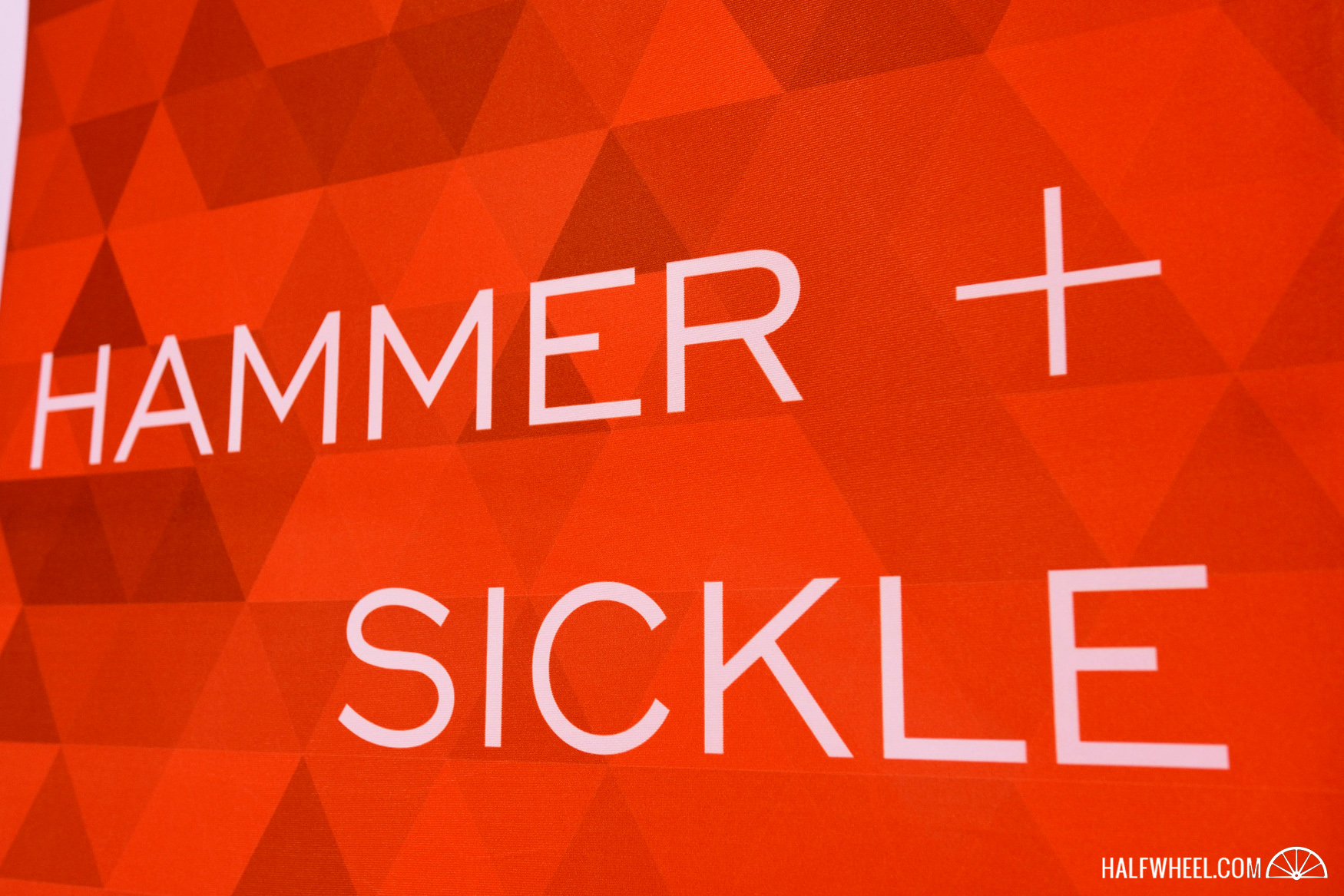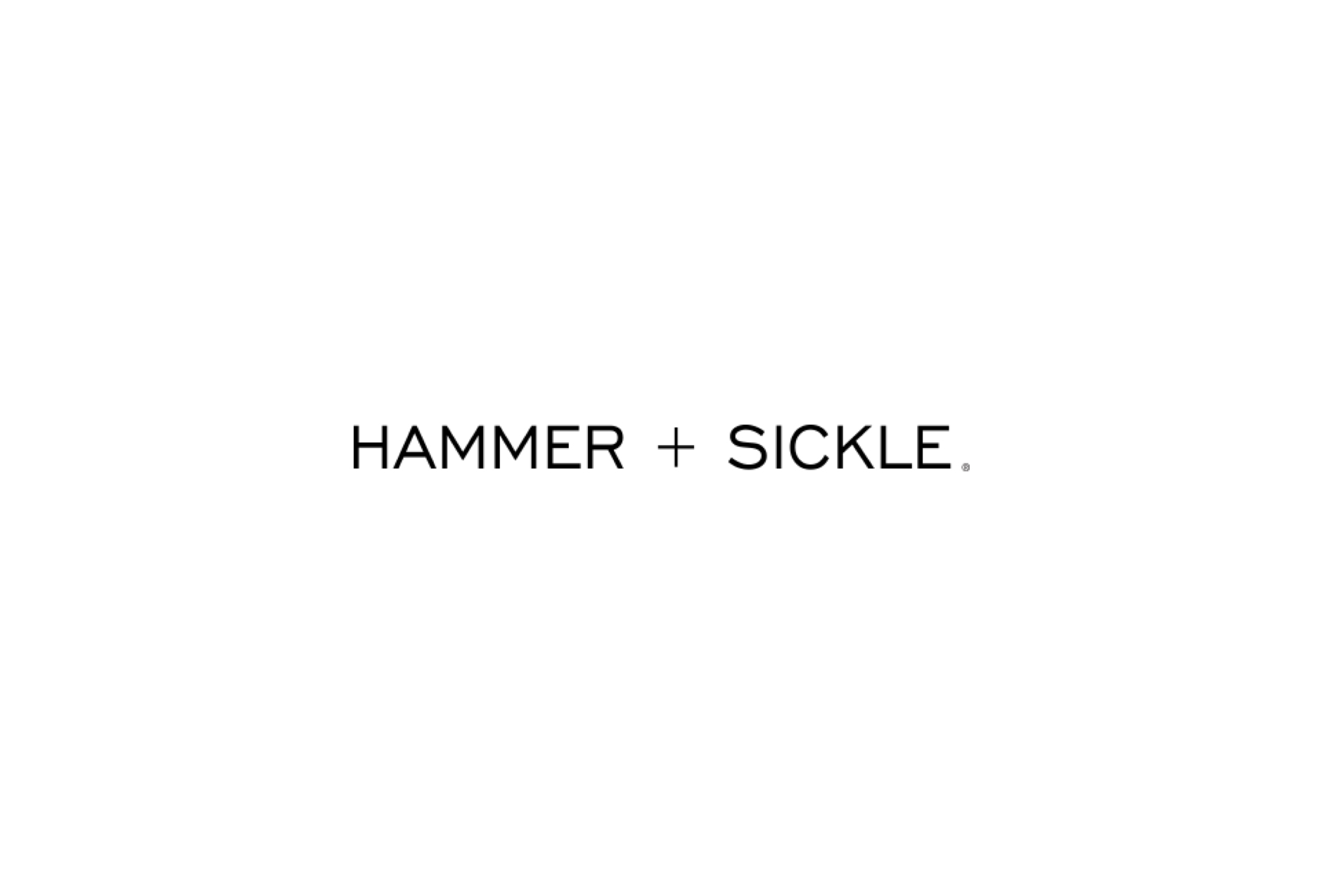At the 2016 IPCPR Convention and Trade Show, Hammer + Sickle debuted a new piece of art and it happened to have a special cigar inside it as well. Dubbed the Museum Series, it is the first in what is supposed to be a continuing release, with the initial humidor jar modeled after Saint Basil’s Cathedral in Moscow. Appropriately, the cigar that is inside is based on the company’s Moscow City blend, tweaked slightly, rolled in a special size not available in the regular blend, then aged for five years.
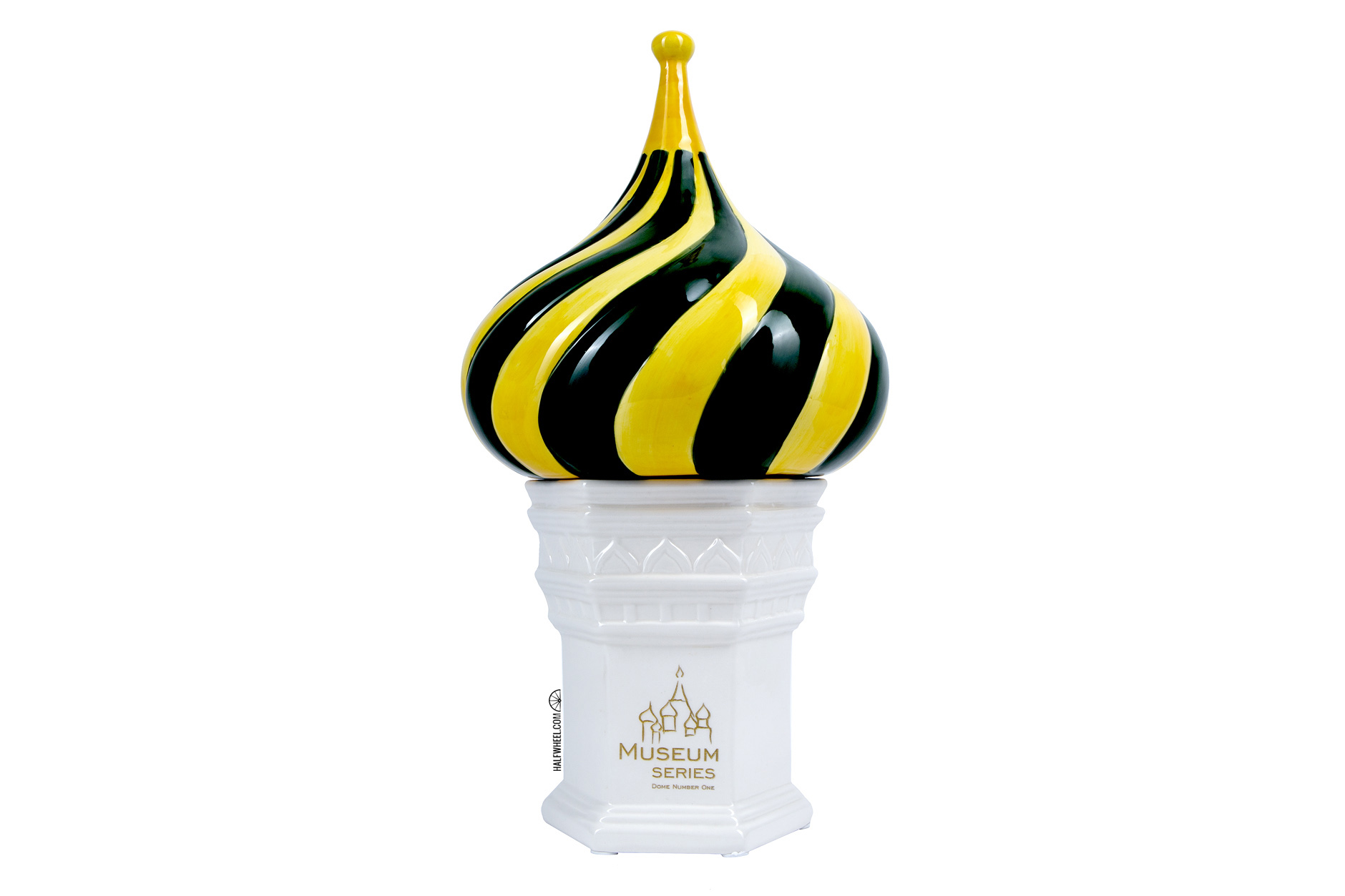

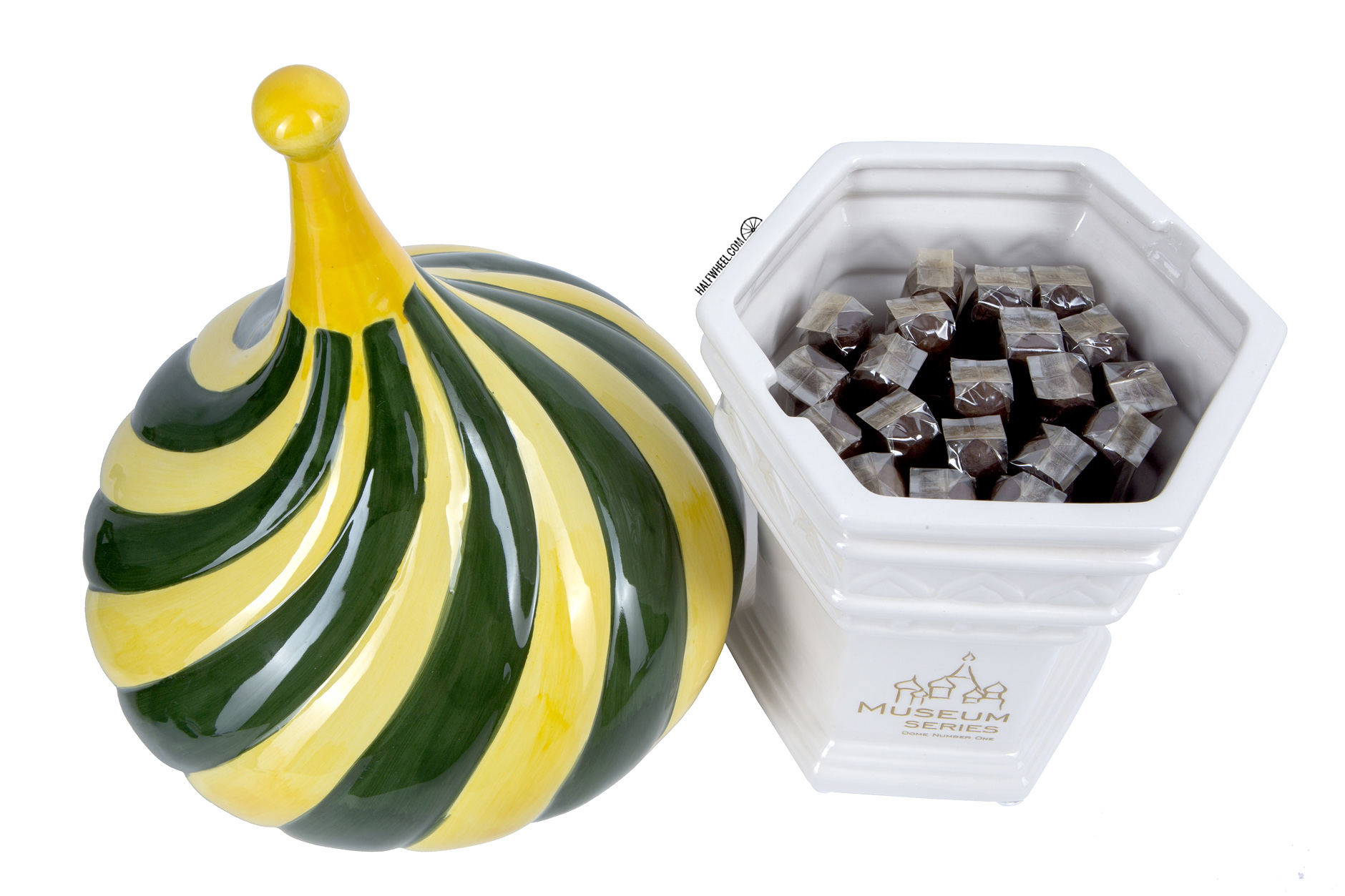
Dubbed the Museum Series, it is the first in what is supposed to be a continuing release, with the initial humidor jar modeled after Saint Basil’s Cathedral in Moscow. Appropriately, the cigar that is inside is based on the company’s Moscow City blend, tweaked slightly and rolled in a special size not available in the regular blend then aged for five years.
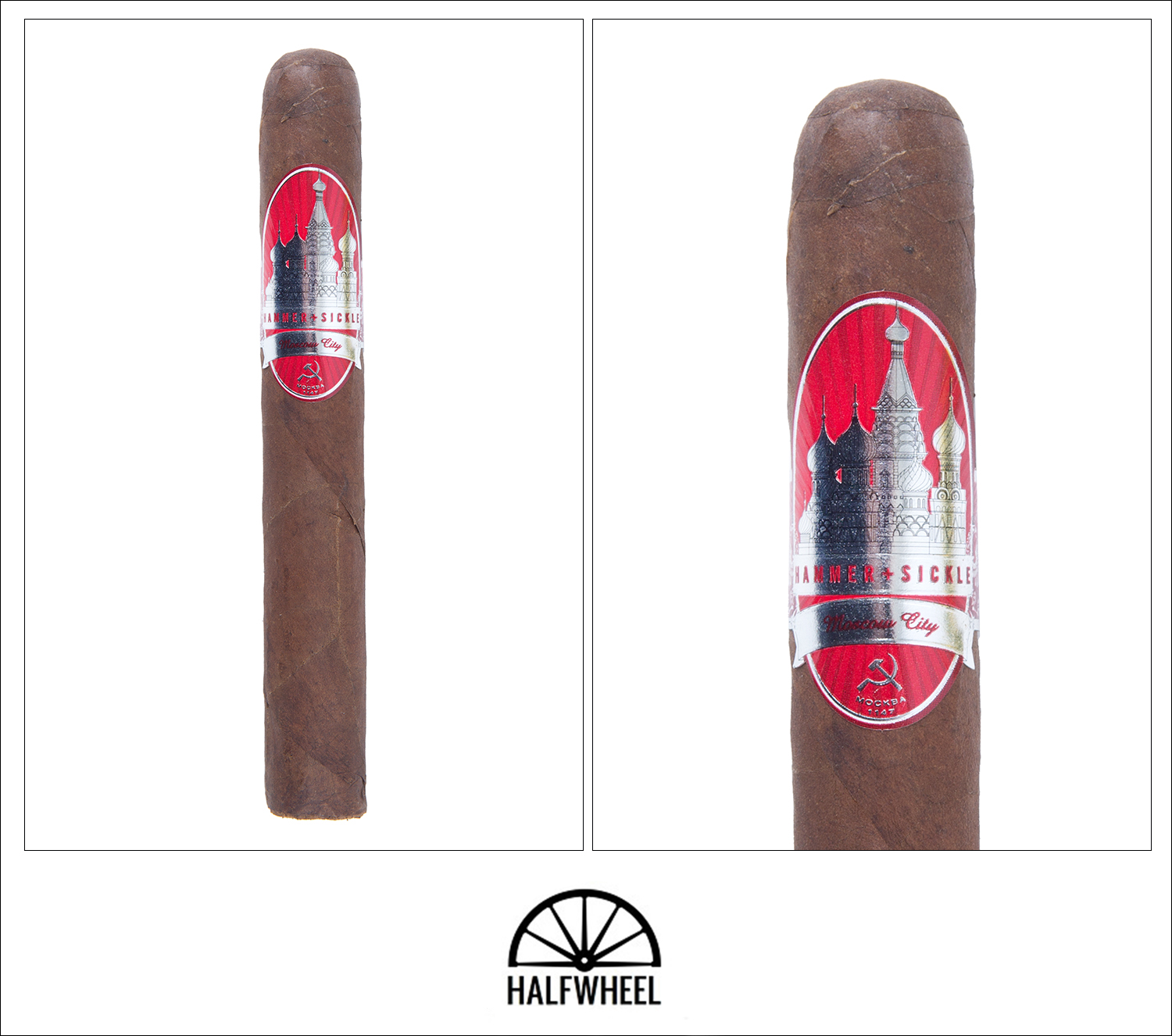
- Cigar Reviewed: Hammer + Sickle Museum Series Toro
- Country of Origin: Dominican Republic
- Factory: Occidental Cigar Factory
- Wrapper: Connecticut Broadleaf
- Binder: Dominican Republic
- Filler: Dominican Republic
- Length: 6 Inches
- Ring Gauge: 50
- Vitola: Toro
- MSRP: $10 (Boxes of 20, $200)
- Release Date: July 25, 2016
- Number of Cigars Released: 300 Jars of 20 (6,000 Total Cigars)
- Number of Cigars Smoked For Review: 3
The Museum Series is quite firm with very little give, but not quite crossing the line into the rock hard category. While the wrapper isn’t smooth, it is soft enough and slightly oily. There is an enticing aroma coming off the wrapper, with leather, earth, hay and a very light note of figs. The cold draw continues with the sweet and fruity fig note, along with some espresso, cocoa and a hint of cream.
Starting the first third the cigar is quite smooth and mild with vegetal notes, some spice, warm milk, vanilla, some charred wood and just a hint of pepper. Despite an even light, the burn line starts going astray almost immediately. The ash isn’t overly impressive either, snowing ash all over the place and only holding what little is left to around the half an inch mark. As the profile progresses, the charred wood defines itself into more of a smokey, oaked barbecue note, combining with the pepper to create a bit of meatiness. It’s an odd addition to the warm milk and spice, but alongside the vegetal aroma it works. The burn continues to go off course, with a very jagged burn line and random runs that finally demand a touch-up.

Moving on to the second third, the Hammer + Sickle Museum Series Toro continues with the spice up front, followed by black pepper, espresso, a general creaminess and a fading barbecue note. While the burn hasn’t exactly shaped up, it is even enough to not require any interference from me at the moment. The ash continues to flake everywhere and only sticks around to just past half an inch. A slight bitterness has entered in the profile, but not enough to really deter the rest of the flavors. Spice continues, though creamy espresso has moved a bit forward, with the pepper joining the oaky barbecue in the background. Just not wanting to cooperate, the burn does finally need my intervention again with another touch-up.

Shifting into the final third the profile falls apart a little with spice still up front, but hardly much following it save a little charred oak and some growing bitterness. The construction issues continue much the same, with a touch-up required for an uneven burn and flaky ash that doesn’t hold on too well. Thankfully, the profile doesn’t devolve too much, with the bitterness sticking to a low level, at least allowing the Museum Series to finish with a little dignity.
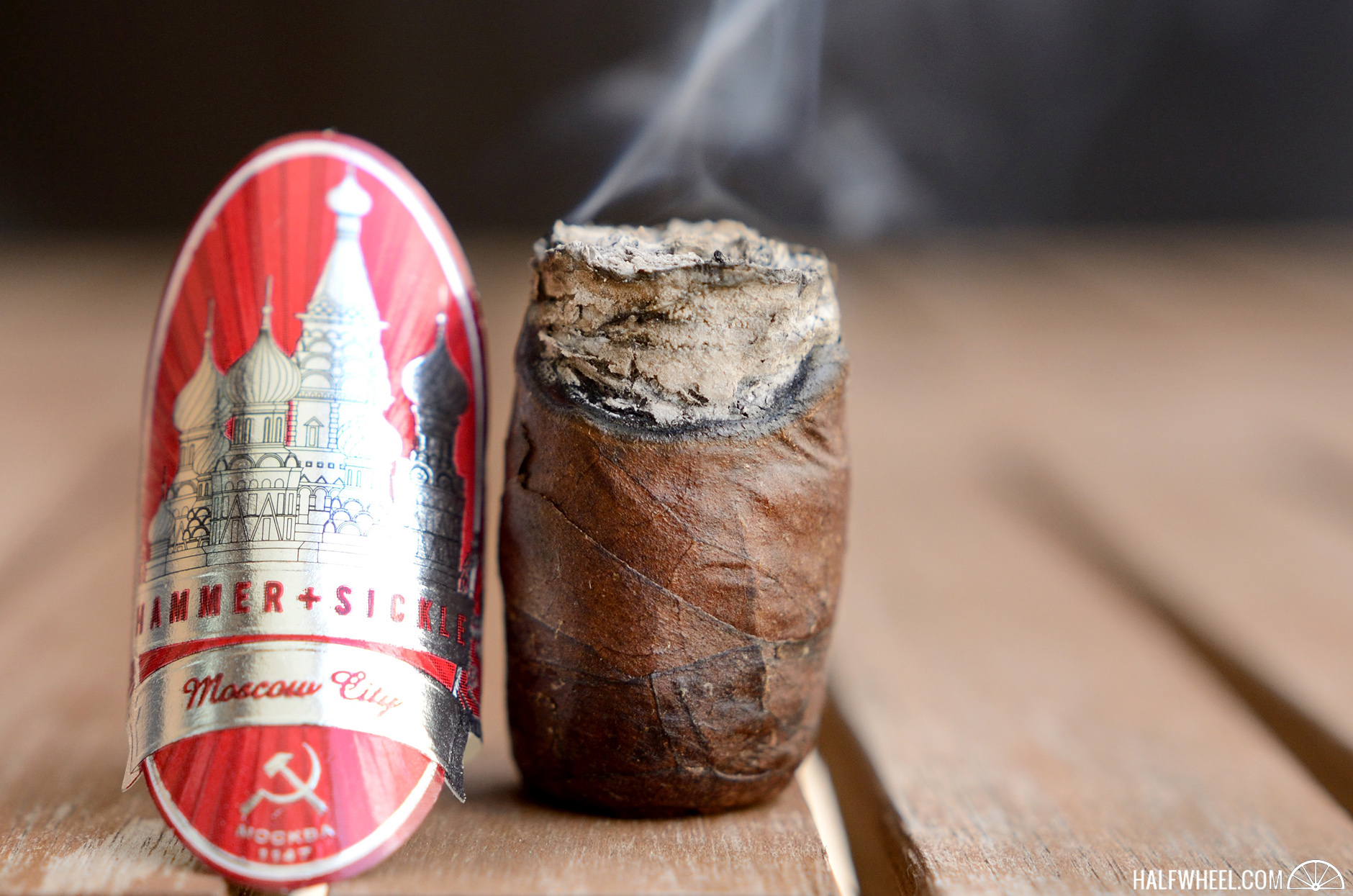
Final Notes
- I had a very contrasting experience with one of the three samples. Two performed as described above, but one sample was so far off that it needs further explanation here. The sample seemed underfilled and had significant troubles staying lit almost the entire time, requiring multiple touch ups and a couple of relights. This seriously impacted the profile, creating a harsh profile that mostly consisted of bitterness, charred wood and a bit of pepper. I hate when one bad sample impacts a review score so much, but doing a little digging it seems that inconsistency is certainly an issue with these cigars and not just a one-off bad sample that I smoked.
- The jars for the Museum Series are hand painted and are certainly eye-catching pieces that would be a neat addition to any cigar accessory collection. Honestly, I’m a little shocked that the sticker price for the entire jar of cigars is only $200. Ten dollars per cigar isn’t necessarily cheap, but I don’t think people would have been surprised if the cigars were listed 25 to 50 percent higher.
- Yesterday, the Hammer + Sickle Museum Series Toro finished third on our packaging awards for 2016.
- You can see Eric Hanson talk about the Museum Series here.
- The cigars are produced at Occidental Cigar Factory, which is owned by Oettinger Davidoff AG, the parent of Davidoff Geneva USA. Davidoff of Geneva USA advertises on halfwheel.
- Cigars for this review were purchased by halfwheel.
- Final smoking time averaged around two hours.
The idea behind the Museum Series is an interesting one, with the potential to have quite a beautiful lineup of jars at the end of these releases. Many people don’t buy a cigar just for the packaging, however, and despite a little flaky ash and some minor burn problems, the flavors for the majority of the cigar were complex, enjoyable and changing enough to keep me interested. Unfortunately, while two samples I smoked were good cigars that I wouldn’t hesitate purchasing again, the third sample certainly threw me for a loop. It’s hard to suggest a cigar when in my experience you’ll be getting a dud a third of the time. I know my sample size isn’t necessarily real world statistics, so hopefully if you do get a hold one to try, it’s a good one.


